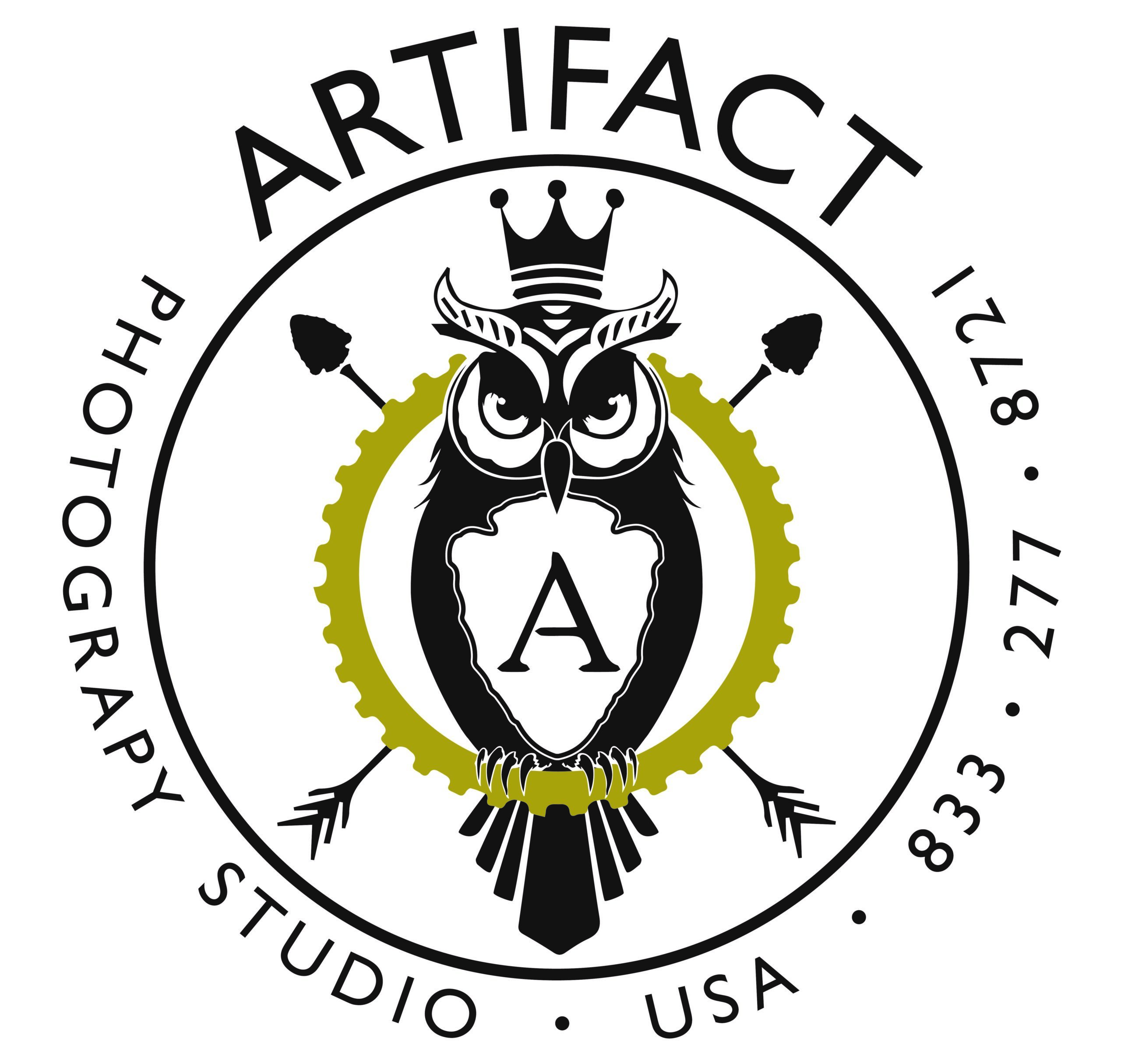What I like about photographs is that they capture a moment that’s gone forever, impossible to reproduce.”
-Karl Lagerfeld

For the studio’s backdrop project I created four gray backdrops in shades from light to dark. The light gray and charcoal gray are roughly the same dimension, perfect for individuals, couples and smaller groups. The two smaller gray drops are ideal for individuals, or for layering with larger backdrops.
My general rule for backdrops is to photograph lighter colors on lighter backdrops and darker colors on darker backdrops. When selecting a backdrop the main goal is to complement the model’s wardrobe. On an interesting note, gray isn’t a color at all because it does not exist on the color wheel.
According to Wikipedia: “Gray is produced either by using black and white, or by combining equal amounts of cyan, magenta, and yellow. Most grays have a cool or warm cast to them, as the human eye can detect even a minute amount of color saturation. Yellow, orange and red create a “warm gray”. Green, blue, and violet create a “cool gray”.”

The charcoal gray backdrop is a neutral color and looks just as good with a pop of color as it does with a monochrome palette (as an example see Andrea’s cover image above). The texture in the charcoal backdrop was created by incorporating other neutral tones including light gray, black and white.
This backdrop was one of the last that I painted, so I was “unintentionally intentional” with the random painting technique opting to unleash my inner Jackson Pollock on to the canvas. I dipped a paint brush about a quarter inch into the can and then made slapping gestures with downward force to splatter the paint randomly across the surface. I had to continually remind myself to be careful with my gestures to avoid inadvertently spraying paint on the living room walls or the surrounding furniture (that had been pushed to the perimeter of the room).


